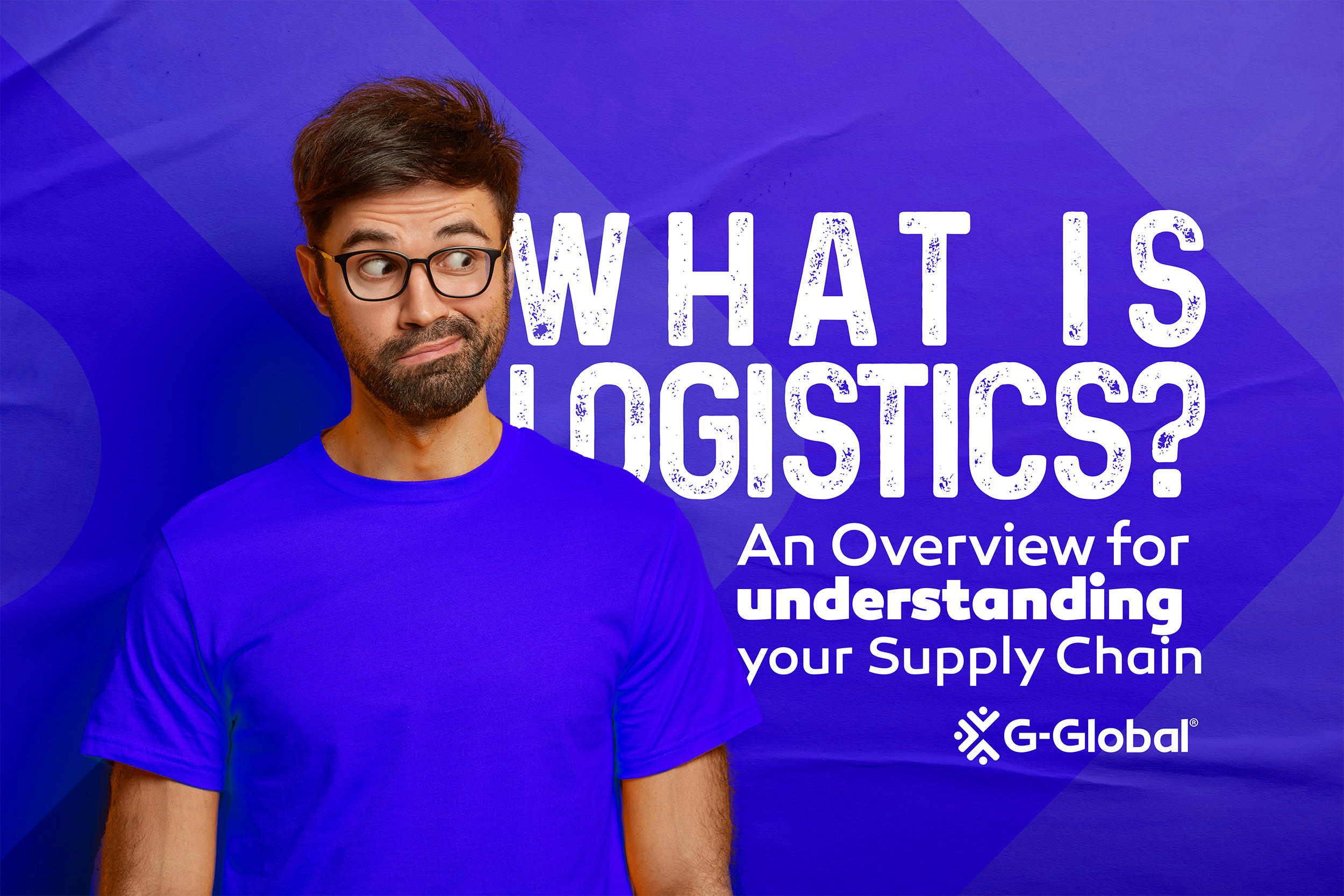Logistics is in the mouth of every business owner and staff because it is the how-to of getting all your resources of your chain supply from point A to B, from the factory to your consumer. This includes transportation, warehousing, distribution, and fulfillment, these and more operations are part of the structure of your commerce. In a simplified overview of logistics services you need the previously mentioned services to be accomplished but this is the tip of the iceberg. Why? Diverse options and dynamics exist for each stage of your supply so the combinations of these means there are many possibilities and opportunities for the growth of development of your business. Now, what’s the first step for successful logistics? Let’s define together the type of logistics services available for you.
Freight forwarding is the process of moving your merchandise from the manufacturer to the fulfillment center. Is our final destination in or out of the country? Planning and arranging domestic freight forwarding involves choosing trucking, rail shipment, or air transport. Deciding to transport a full truckload (FTL) o less than a truckload (LTL) will depend on the characteristics of the journey, goods, budget, and more. If your destination is out of the country this will imply additional links to your supply chain such as trade compliance documentation, duties, and use of multi-modal transport. Some companies decide to work directly with a freight forwarding company to handle the paperwork and strategize routes or the best transport, some decide to partner up with a logistics service provider that includes the service with other complimentary options. Deciding one or the other will depend mostly on the size of your company and the complexity of your needs.
Once the cargo is received at the destination, tasks such as unloading, inspection storage, and management will be required in a fulfillment center. Inventory planning is foundational for an efficient supply chain so we suggest that automating all operations can reduce human error. Finding a logistics provider that can not only manage your goods but integrate solutions and structure for the development of your business is important. For example, at G-global we offer inventory visibility, data on order trends, and much more with the help of our experts. Partnering up makes it possible to start generating inventory forecasts for the inventory replenishment process and resulting in fewer backorders to achieve greater profitability.
A range of logistics services like the one we have shared is known as third-party logistics which provide the basics of eCommerce fulfillment: receiving, warehousing, pick and pack order fulfillment, and outbound shipping. These are most specific and according to the supply chain model and type of market you may need to use additional services such as reverse logistics for returns or assembly for shipping. Now, once an order is made a team will help you to package, ship, and transport your merchandise to your final client.
Understanding the needs of your business will help you decide which option is best for you. There are many benefits in collaborating with a 4PL enterprise to optimize your supply chain and logistics operations. How can this strategy be cost-effective? For example, a 4PL provider can bundle your LCL shipments with others to save money on shipping. This is an incentive for better service without affecting your budget.
Need examples of what logistic optimization would look like for your company? Contact our representatives today!



